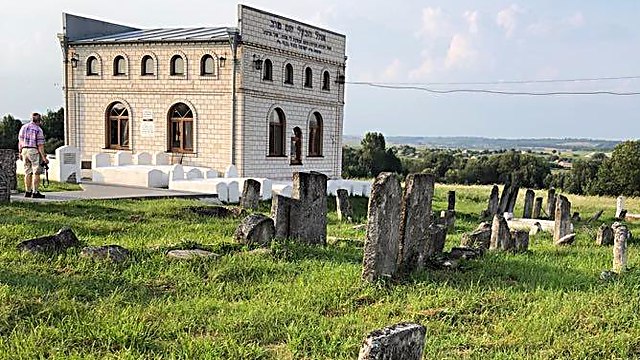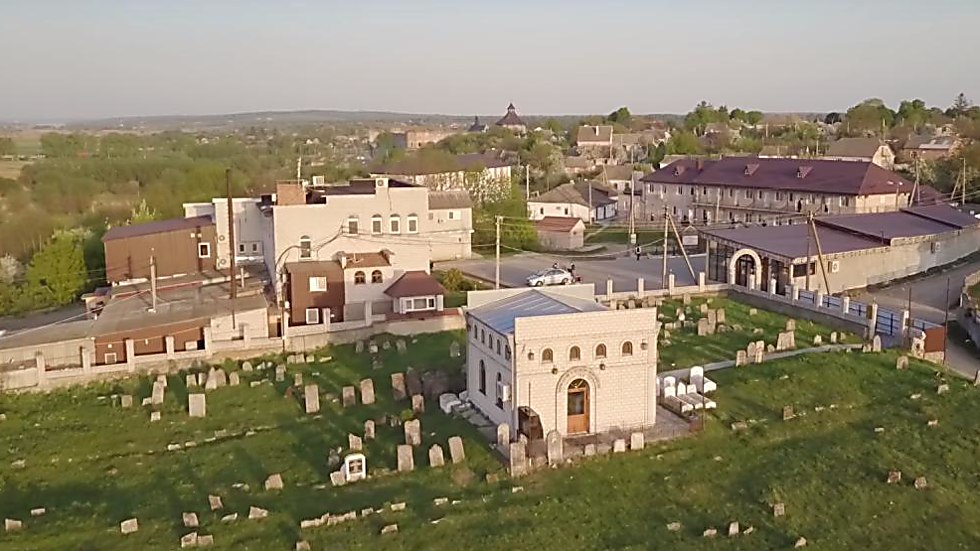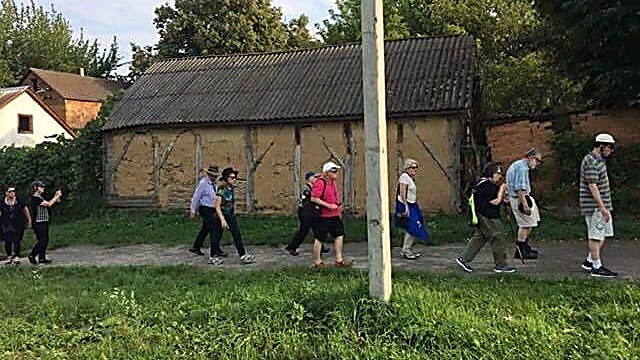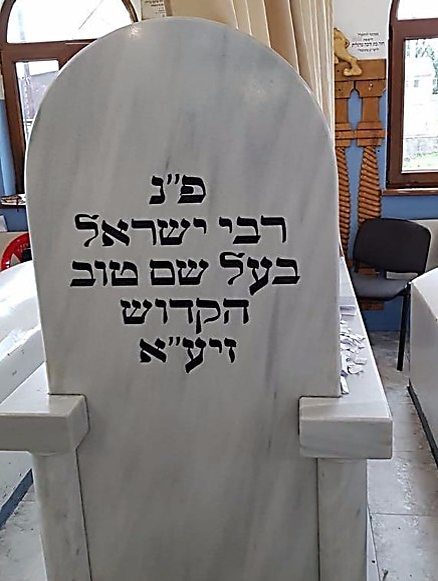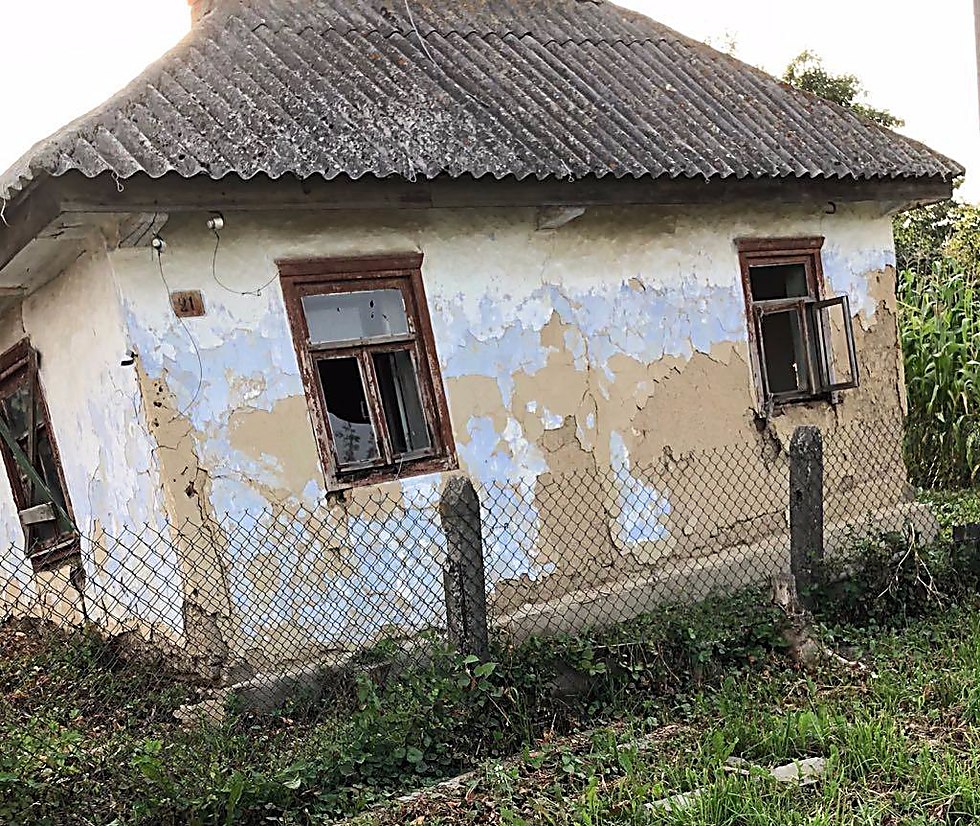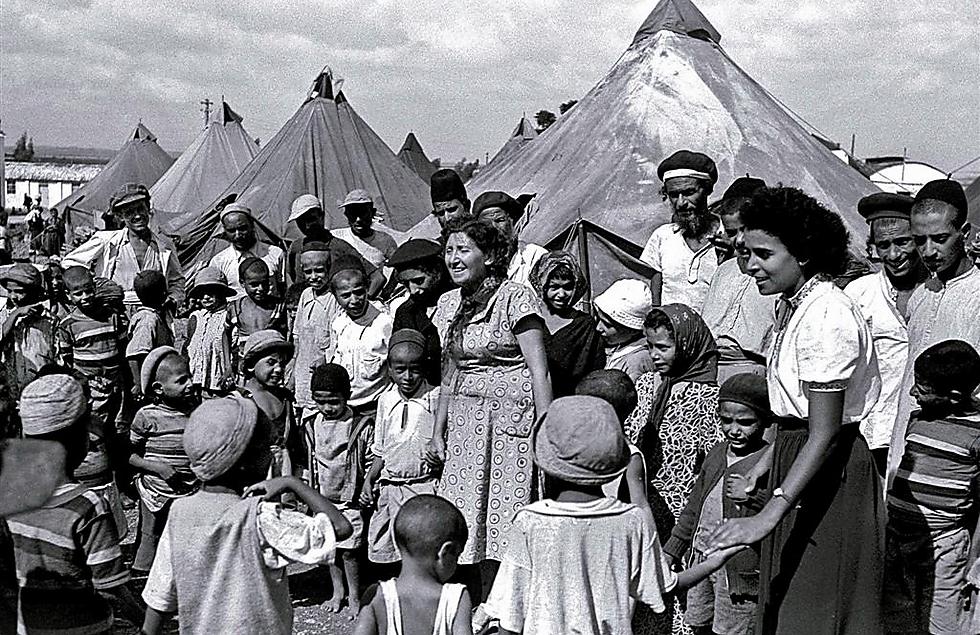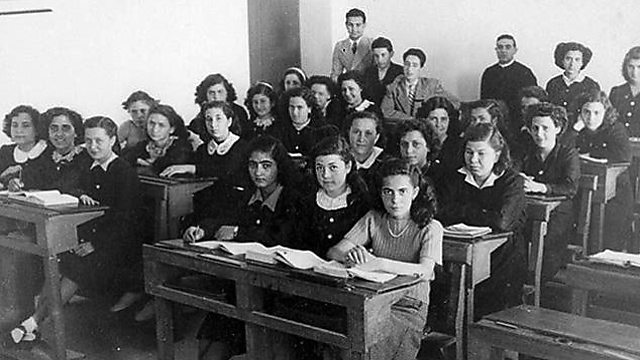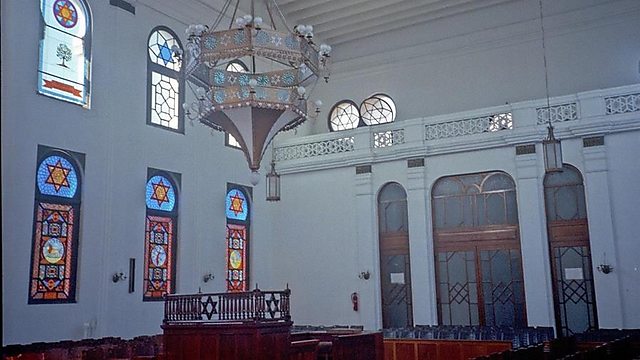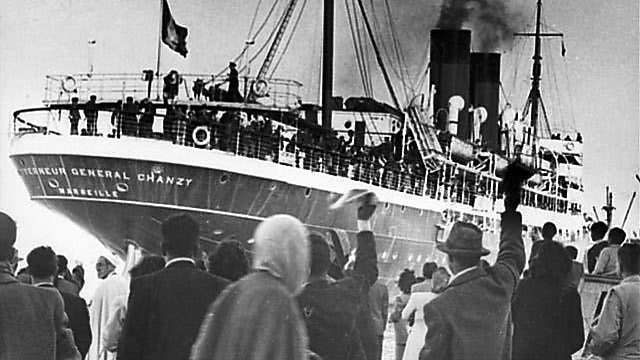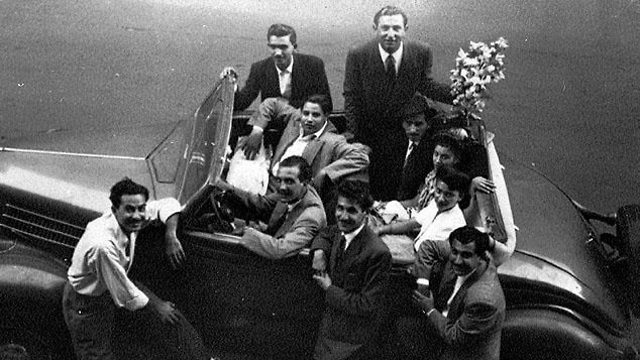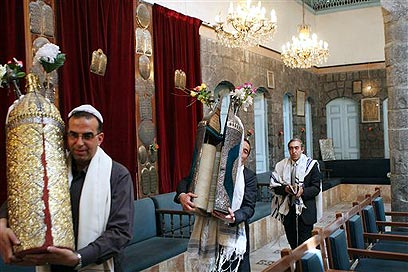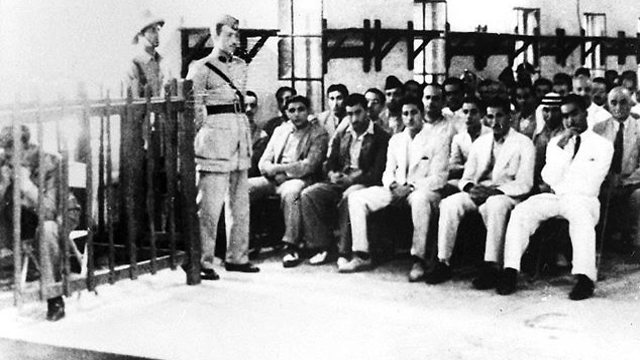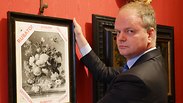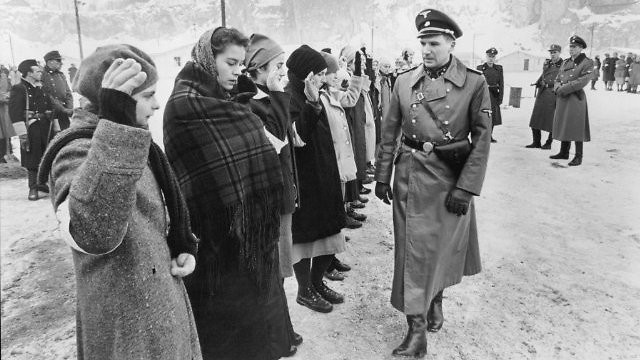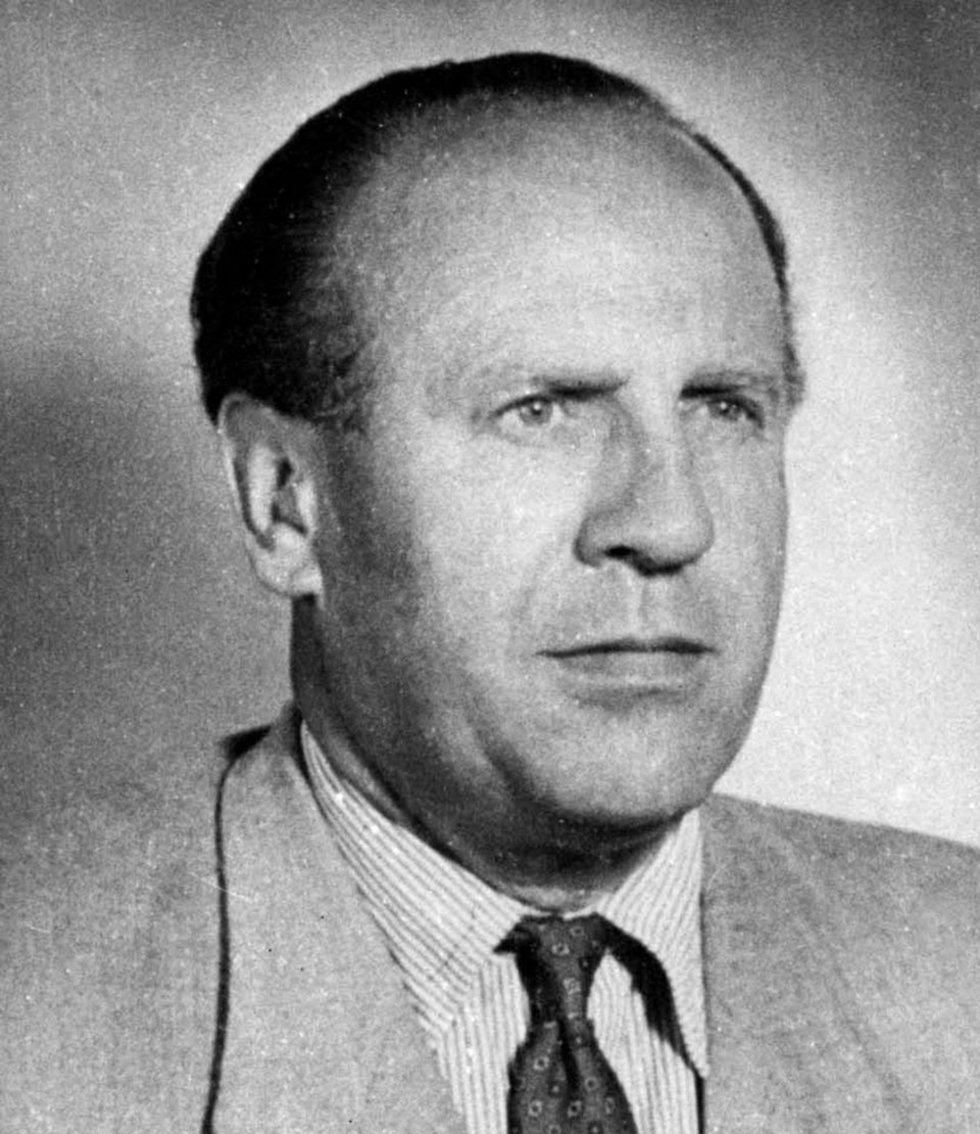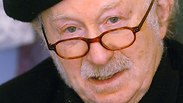Under Britain's 2010 Equality Act, independent secondary schools will be obliged to teach about gender reassignment and sexual orientation. In primary schools, children should be “aware of the ways in which people can be different and be respectful of those differences”. Schools that refrain from implementing this new policy received a shut-down warning from Ofsted, the Office for Standards in Education, Children's Services and Skills, and Haredi politicos are working hard to annul the edict, while considering alternate options like home schooling, underground Haredi schools and even leaving the UK.
“Many members of the community would choose to leave the United Kingdom for a more hospitable jurisdiction rather than comply with such an obligation to mention homosexuality or gender reassignment in a positive context at school,” said a letter recently sent by Shraga Stern, a Haredi parent of seven. “We teach our children, at home and in school, to respect every person, but we will not teach them about LGBT issues,” he told the UK's Observer newspaper.
According to Stren, his children's schools might choose to deny the new guidelines as a “badge of honor.”
When Stern was asked what he and his family would do if the new curriculum is enforced, he said leaving the country was an option, either to New York, where the yeshivas are free to teach without supervision, or to Israel – "depending on whether the Haredim make it into Netanyahu’s next coalition government," assuming he wins the April 9th elections
The Guardian quoted the Institute for Jewish Policy Research (JPR), that estimated that some 2000 children study in the UK's Haredi school system, both state funded and independent institutions included, as well as large number of Haredi boys who study in unregistered yeshivas. All keep traditional religious values and don't expose their students to any kind of content regarding same-sex couples, gender reassignment and the LGBT community.
Rabbi Avrohom Pinter, headmaster of Yesodey Hatorah, a state-funded girls’ secondary school in London's Stamford Hill that was classed as inadequate by Ofsted inspectors in June 2018, said the school is "totally opposed to homophobia. The issue for us is maintaining the innocence of our children. We feel society is sexualizing children at an early age and we don’t want to do that.”
The school was deemed inadequate after Ofsted found their books to be heavily censored, having deleted references or images that the school considered inappropriate like references to human or animal reproduction, and images showing bare ankles and wrists — as well as passages from Sherlock Holmes, the famous British detective stories by Sir Arthur Conan Doyle.
The Guardian cited Pinter, who said “many parents are concerned about children going to libraries. We need to provide a safe space.” The headmaster added that “sometimes we might have gone a bit overboard in our redactions to gain the confidence of the parents. We’re reviewing it all now.”
Uban Garbarchik, a Stamford Hill resident and a journalist, told Ynet that the British education system "is trying to coerce them to get a western education," and added that it's not only about the LGBT community issue — "they also firmly demand that yeshiva students learn a core curriculum."
Garbarchik said this is not only a Haredi problem, and that Christian and Muslim schools "also suffer from supervisors who demand them to teach subjects they object."
“Most faith schools – state and independent – see no contradiction between teaching the tenets of their faith and the legal requirement to promote British values, including respect for democracy and the rule of law or to encourage respect for people with different characteristics such as those of a different faith, sexual orientation or race," said Ofsted spokesperson.“However, for the small minority who will not comply with the law, it is Ofsted’s duty to report those failings so that action can be taken to improve or close these schools.”
UK's Haredi public vs. ministry— we won't teach about LGBT community : http://bit.ly/2GdiMka


















